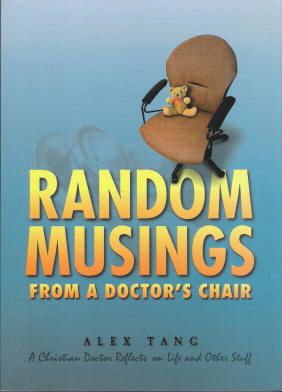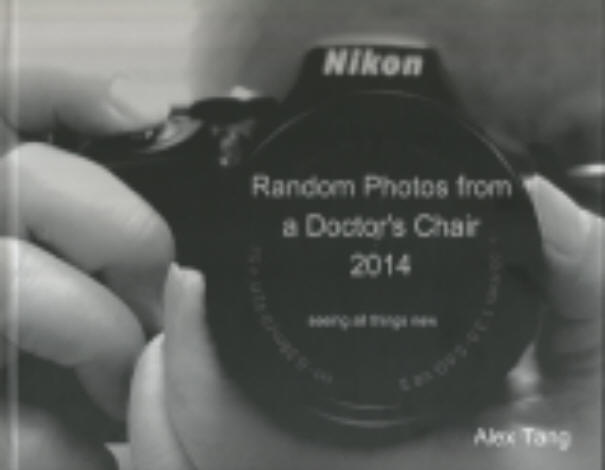I am a strong advocate that
while we can live busy lives we do not have to live hurried one. Technology is
to be embraced to make our lives better, it does not make us its slave. There
are many ways to read a book. As a famous British philosopher Sir Roger Bacon
once said,
Some books are to be tasted, others to be swallowed, and some few
to be chewed and digested: that is, some books are to be read only in parts,
others to be read, but not curiously, and some few to be read wholly, and with
diligence and attention
What he was saying was that not all books are to be
treated as equal. Hence the way we approach and read them should be tailored to
their value. I often interpret that he also implied the reading speed. This is
only an implication as most readers in Sir Roger’s time read moving their lips.
Hence, the speed at which they read is limited by how fast they can mouth the
words. It is only in the late 19th and 20th Century do we
read without moving our lips. We do appreciate what he is saying that some
books are to be read slowly to savour them, while others deserve to be skimmed
through. Modern ‘speed reading’ is mainly skimming.
Recently, technology has
introduced us to the audio books and videos. Videos are a form of visual books.
Now, freed from being bound to a single locale, I can listen to audio books
while driving, doing housework or exercising. I also watch videos while on my
treadmill. Aside from providing this means, technology also provided an
interesting trick. The speed I can listen or watch these books.
Now I find that I can adjust
the speed at which I listen to audiobooks or watch a video. With a hardcopy
book, how fast I read is dependent on my ability to read and comprehend. With
audio and video, the delivery may be adjusted to my receiving and comprehension
speed. I find that listening at x1.5 speed, my comprehension is as good as
listening at x1.0 speed. This is the same for watching videos. Of course, I can
always adjust to x0.5 speed when I find the text difficult to understand,
repeat and replay. In video, I can speed through the hesitation between the
speaker’s words. Now I can listen to more books and watch more videos than
before! For audiobooks, I normally use x1.5 for nonfiction and x2.0 for
fiction. For videos, I use x2.0 for lectures and sermons and x1.5 for movies.
When books are made easily
available by the technology Gutenberg printing press, we read by moving our
lips as we read word by word. With training, we are able to read faster by
skimming. Now with digital technology, we are able to read faster audio and
visual books. Do not be alarmed by this.
Actually, the art of reading is not the speed but
getting the main thesis or message of the book whatever the format. I will estimate
that 80% of any book is padding and the gem is in the 20% if we can find it. The
20% contains the heart of the whole book. It does
not matter at whatever speed we read, only that we discover this gem at the
heart of the book. If we then we slow down to savour, reflect, and assimilate,
then we would have read that book well.
.
Labels: Books and Reading, Technology
























